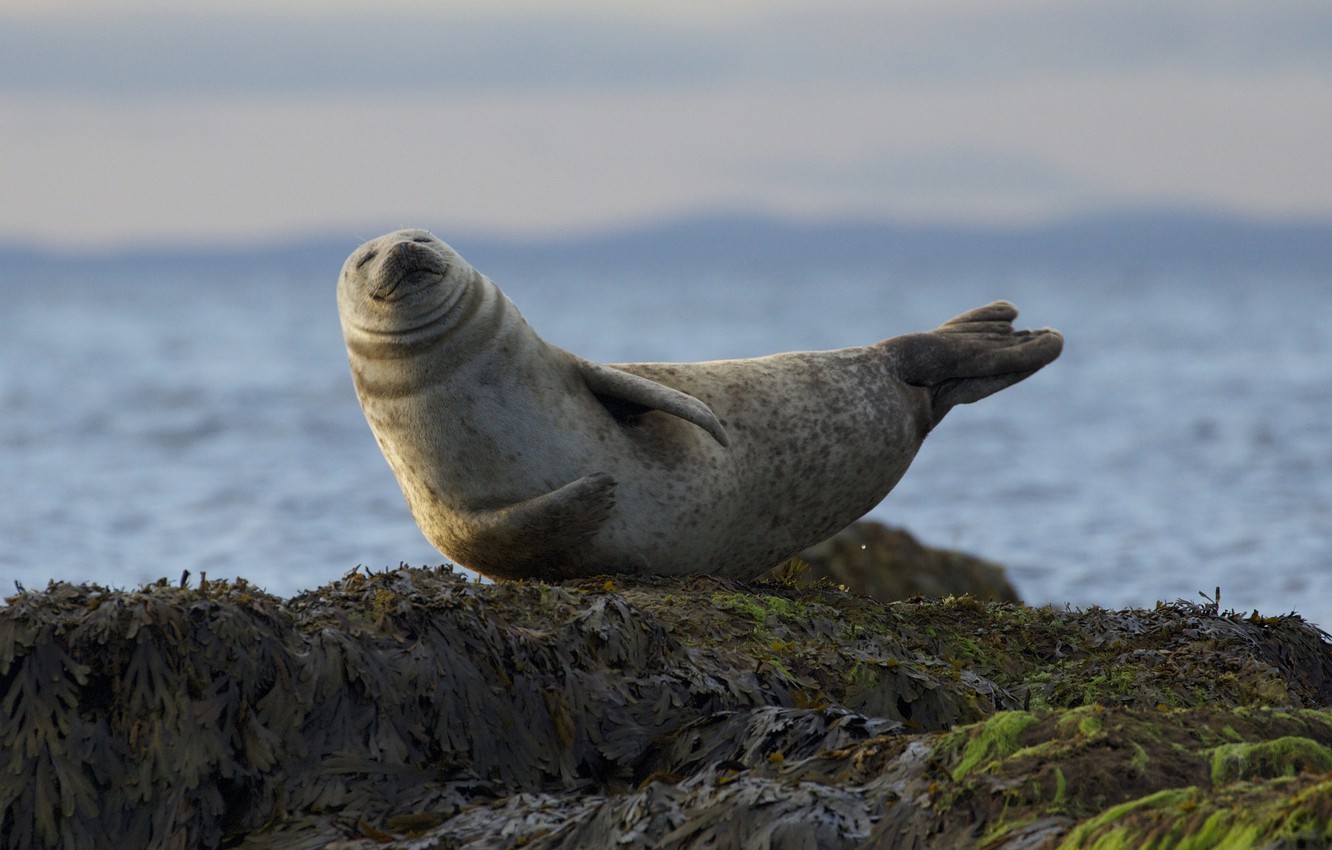Seals are mammals that have adapted to aquatic life. They are a magnificent animal; you can get these animals on the following coloring pictures below. Please color them with your favorites. Happy coloring.
There are currently 19 species of seals distributed in various coastal areas around the world, except in tropical regions.
Printable Seal Coloring Pages






























Facts About Seal
The weight and height of an adult seal depend on the species, for example, the ringed seal (Pusa hispida) is 1.17 meters long and weighs 45 kilograms.
In comparison, the southern elephant seal (Mirounga leonina) can measure 4.9 meters and weigh 2,400 kilograms.
Their hind limbs are directed backward, making it difficult for them to move around on land, and they lack a hearing aid, which differentiates them from the Otariids.
The thick layer of fat under the skin allows them to reduce heat loss and withstand the cold waters of their habitat.
Seals are very cunning predators which feed on fish, crustaceans, cephalopods (family of mollusks), penguins, and other small seals. Because of their mighty molars, they can easily crush marine animals with shells and carapaces.
Their whiskers have a great function when looking for prey; they detect the vibrations that fish make when they move so that the seals can be guided even in dark waters or with poor visibility.
Another remarkable adaptation is the thick layer of fat under their skin, which protects them from the intense cold of their habitat, as well as the membrane that covers their eyes and allows them to maintain their vision underwater.
In the sea, non-migratory seals are found mainly in the coastal waters of the continental shelf and on the slope. They rest and breed on beaches and under rocks and on ice shelves.
On land, seals are usually extremely cautious and shy, and it is almost impossible to approach them without frightening them, and they escape into the water.
Seals have the habit of gathering in places with easy access to water, where they remain calm, especially at low tide.
However, despite this aggregation behavior, adults are usually not in close contact with each other. At sea, they are most often seen alone or in small groups.
